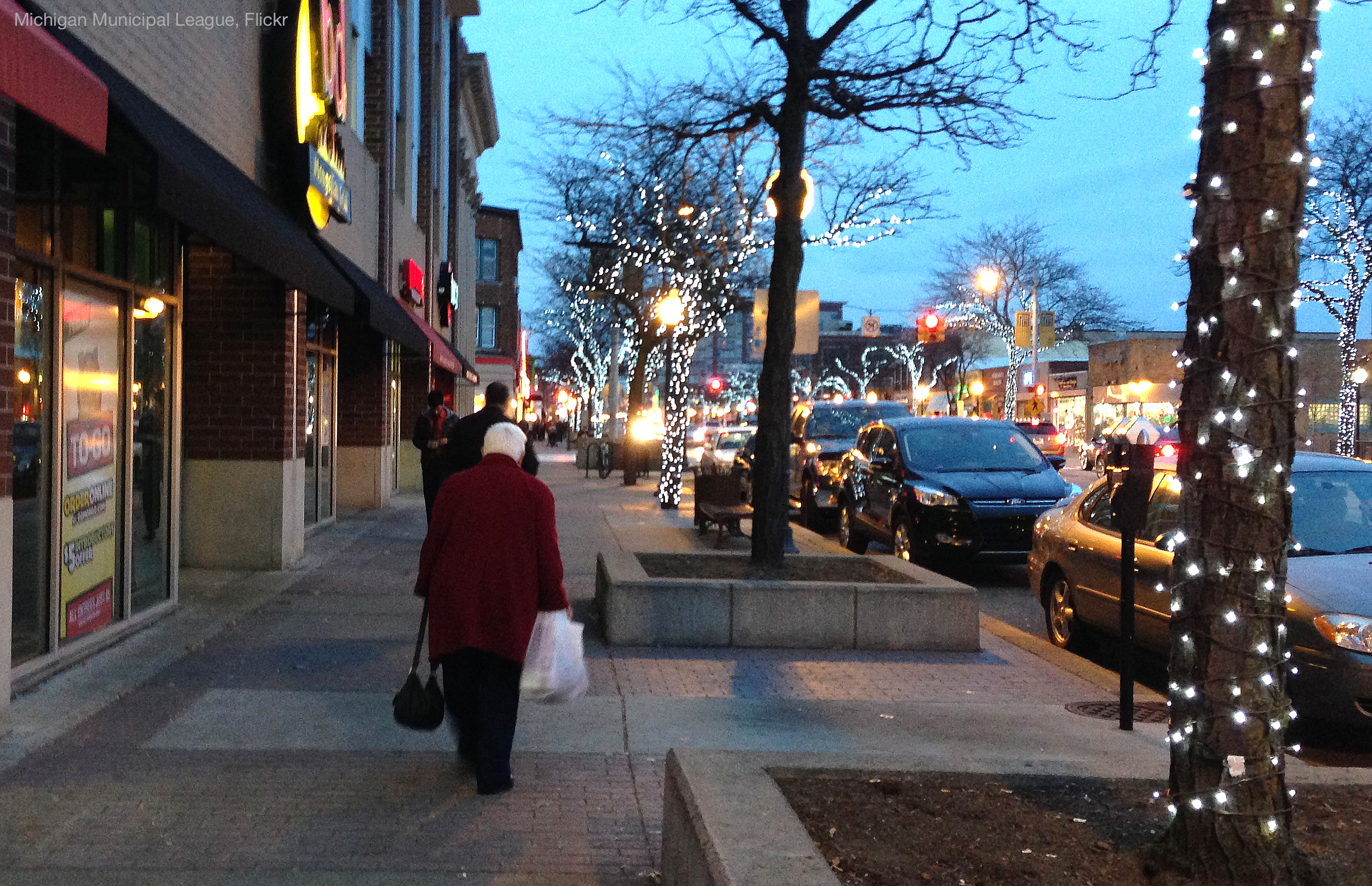
Hernando, Mississippi has grown considerably in the past decade. With its good schools, historic town square, and small town charm it’s not hard to understand why. But dig a little deeper and you’ll find what may be a whole other set of reasons that more and more people are choosing to call Hernando home. At the center of it all is Mayor Chip Johnson and his mission to change the dialogue on health in the state with the highest obesity rate in the country.
Research on the cumulative impacts of overweight children led Johnson, elected to the Mayor’s office in 2005, and others in city government to work to create an environment in Hernando where activity is implicit in the daily routine of residents.
The city passed design standards requiring sidewalks in all new development and redevelopment projects. This means new neighborhoods, especially those constructed during the last housing boom are connected to other parts of town.
A complete streets policy, championed by Johnson, requires new road construction to consider pedestrians and bicyclists. Today, many of the roads in Hernando include designated bike lines in addition to sidewalks and other pedestrian safety improvements.
Additionally, a land use ordinance passed by the city requires developers set to aside 10% of their land as open space, which when coupled with the first parks department in Hernando’s history, created by Johnson in 2006, provides more recreation opportunities for residents.








